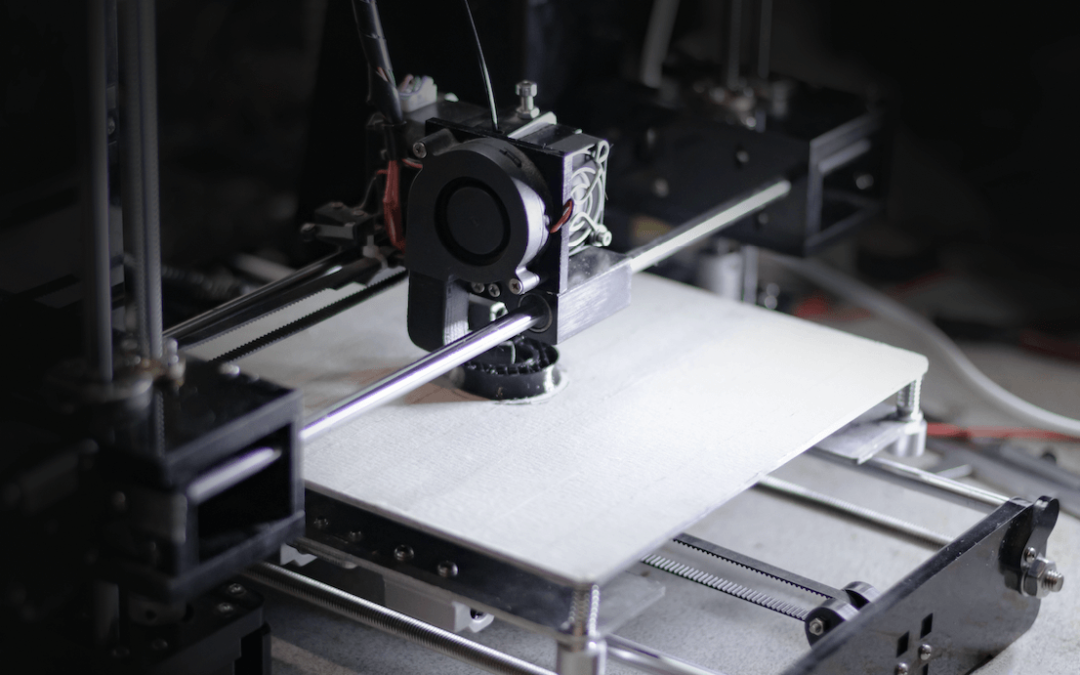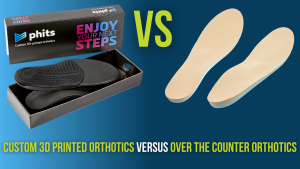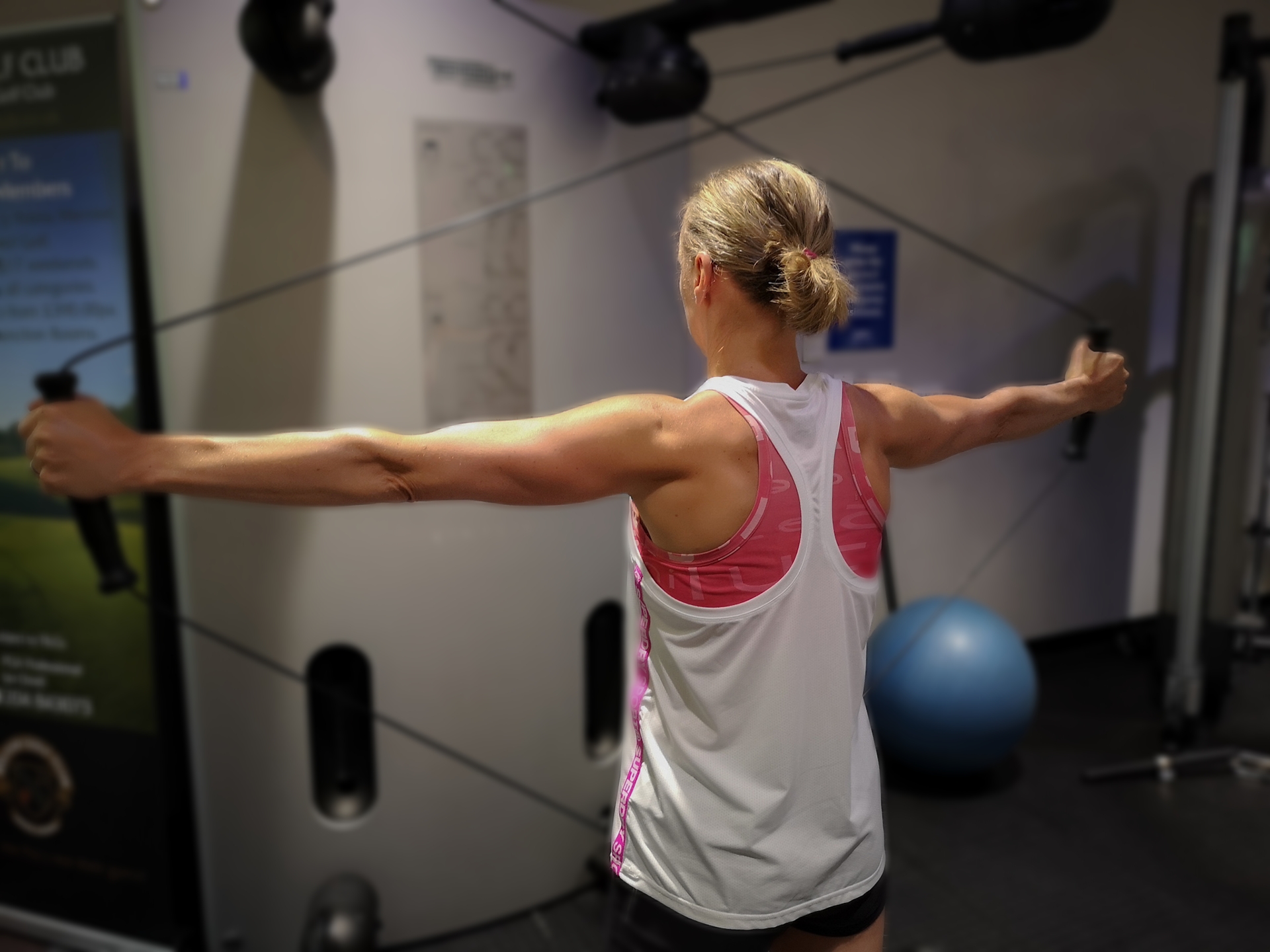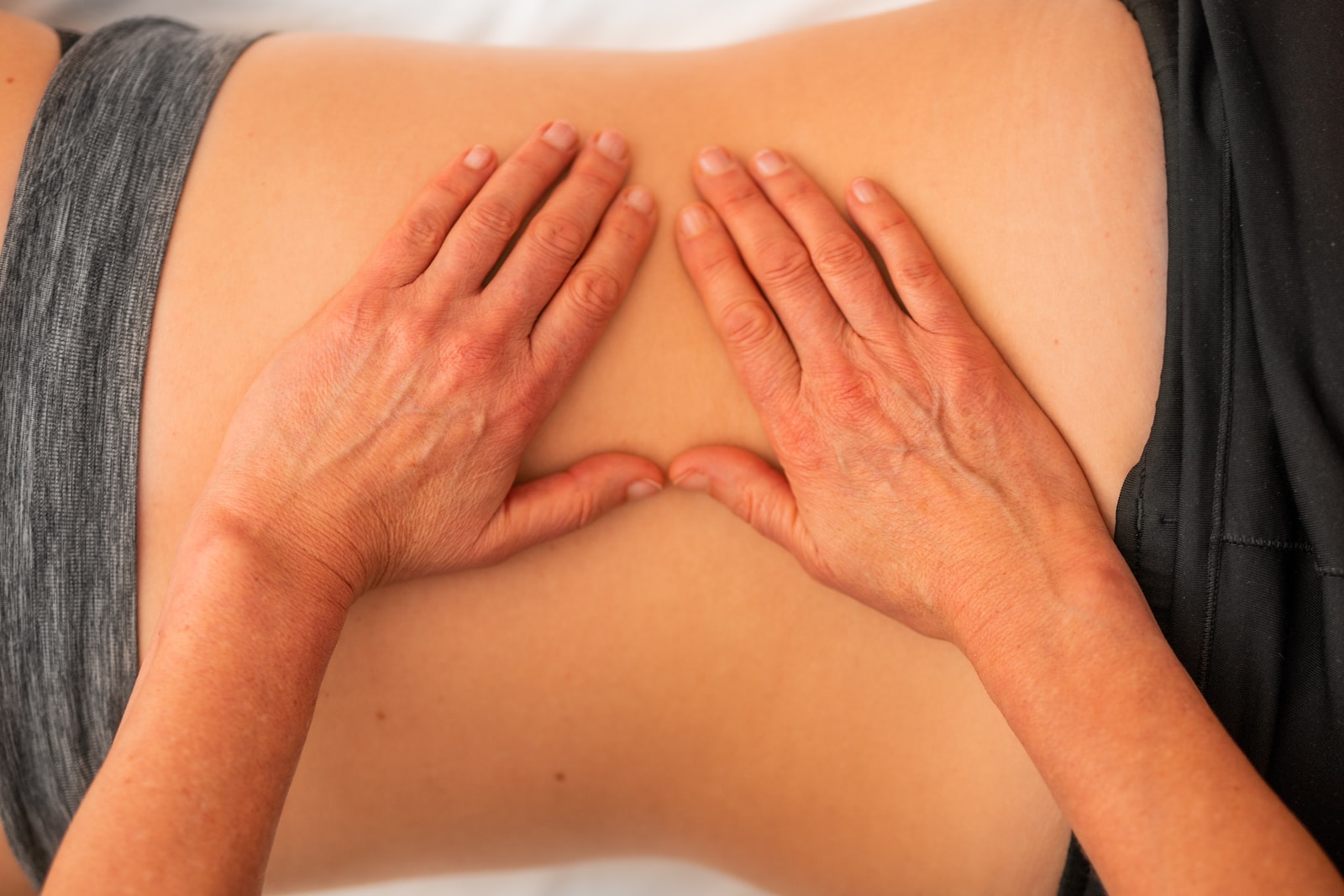3D printed insoles for plantar fasciitis
An article (September 2020) posted in Athletic Weekly explored the use of 3D printed insoles for plantar fasciitis, something Summit Physio have offered since 2019.
The article features Lily Partridge, who had just become the British Champion at the London Half Marathon in March 2020. In the article she is quoted “Phits Insoles are amazing, I couldn’t imagine not having them in my shoes and definitely feel that I am running much more balanced. Even in the first run I felt like I was held in a much better position!”
The article also highlights the marathon record breaker Paula Radcliffe who explains “Without the support of Phits Insoles, it would have been impossible to recover after my surgery and most likely I wouldn’t have been able to continue my running career.”
Why should you consider 3D printed insoles for performance?
Foot, knee, hip and back pain can occasionally be associated with poor running mechanics which some experts state stems from the feet. Therefore, a popular way to correct this issue is to insert a insole (orthotic) into the individuals shoe.
Orthotics or insoles have been used standardly by HCP for years. Often created using a foam box or taking a plaster cast, along side observation of an individual’s normal walk or run (gait).
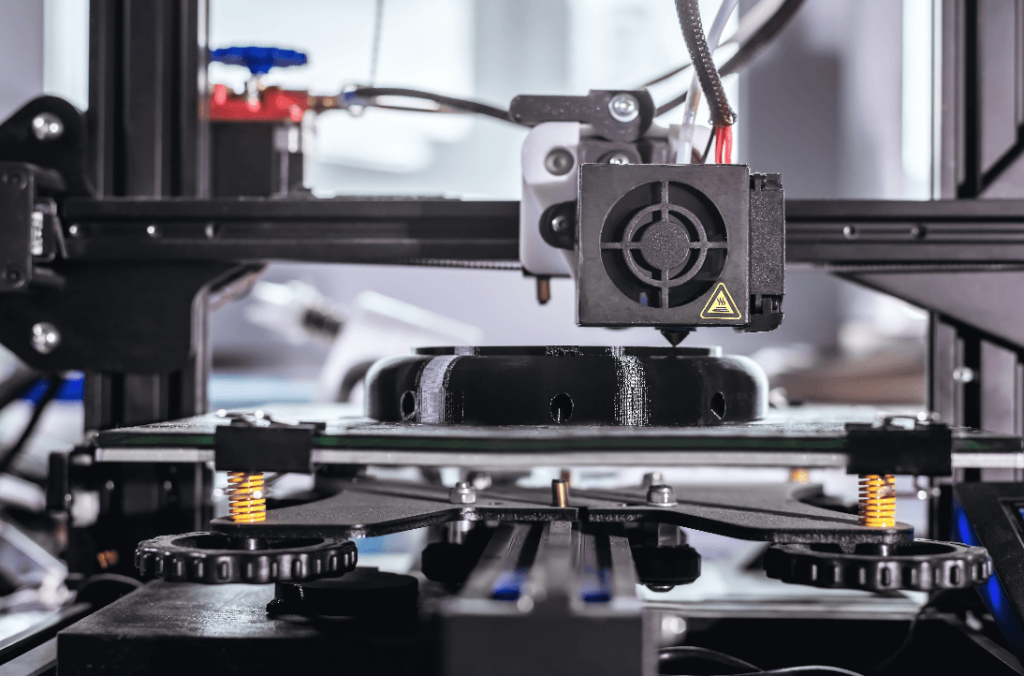
Traditional orthotics were often heavy, bulky and athletes would struggle to fit them into trainers.
Modern 3D printed insoles are half the weight and made accurate to within 0.1mm.
Additionally to this, to produce these 3D printed insoles an individual must undertake a running analysis using a high speed foot scan system. This footscan system monitors the mechanics of an individuals feet to identify any asymmetries or abnormalities, providing detailed information that simply cannot be seen with the human eye, or on a treadmill.
The footscan® technology intuitively translates this data into the Phits Insole design alongside the knowledge of the HCP.
This gives 3D printed insoles many clinical advantages over traditional orthotics, including directional and localised stiffness to cater for the individual’s unique foot structure and movement.
3D printed orthotics are also widely used as a preventive measure to reduce the risk of injury and improve running performance.
Reigning British marathon champion Charlotte Purdue attended a clinic for her footscan® analysis and Phits Insoles and explains “Working with these guys has enabled me to look after all the 1%s which will enable me to keep training hard, consistently and injury free.
What is Plantar Fasciitis
Plantar fasciitis is one of the most common causes of heel pain. It involves inflammation of a thick band of tissue that runs across the bottom of each foot and connects the heel bone to the toes (plantar fascia).
Plantar fasciitis commonly causes stabbing pain that usually occurs with your first steps in the morning.
As you get up and move, the pain normally decreases, but it might return after long periods of standing or when you stand up after sitting.
The cause of plantar fasciitis is poorly understood but we do know that the plantar fascia is a band of tissue (fascia) that connects your heel bone to the base of your toes. It supports the arch of the foot and absorbs shock when walking.
Tension and stress on the fascia can cause small tears. Repeated stretching and tearing of the facia can irritate or inflame it, leading to plantar fasciitis.
Pain in the bottom of my heel
Plantar fasciitis is one of the most common causes of heel pain.
It involves inflammation of a thick band of tissue that runs across the bottom of each foot and connects the heel bone to the toes (plantar fascia).
Plantar fasciitis commonly causes stabbing pain that usually occurs with your first steps in the morning. As you get up and move, the pain normally decreases, but it might return after long periods of standing or when you stand up after sitting.
The cause of plantar fasciitis is poorly understood but we do know that the plantar fascia is a band of tissue (fascia) that connects your heel bone to the base of your toes. It supports the arch of the foot and absorbs shock when walking.
Tension and stress on the fascia can cause small tears. Repeated stretching and tearing of the facia can irritate or inflame it, leading to plantar fasciitis.
What do I do to sort the pain the bottom of my foot?
The first step of correct treatment process for Plantar fasciitis issues is a good conversation with your HCP so they can get a full picture what your daily activities include.
This doesn’t not mean stopping training. A good HCP will just educate you on adjusting your volume or intensity of the current load, while supporting you on how to maintain your fitness.
Instead of rest, a good HCP will support advice with a progressive stretch and strength training program. Both Stretch and Strength training has very strong evidence to support long term recovery and prevention of reoccurrence.
If your local HCP offers shockwave, then this can also add increased benefit to your recovery and offer sometimes a quicker more effective recovery. In some cases, orthotics may be suggested to help manage and offset the load in the Plantar fascia while you are working through your stretch and strength program.
Most of these can be discussed with your HCP and add options to support your success recovery back to your best.
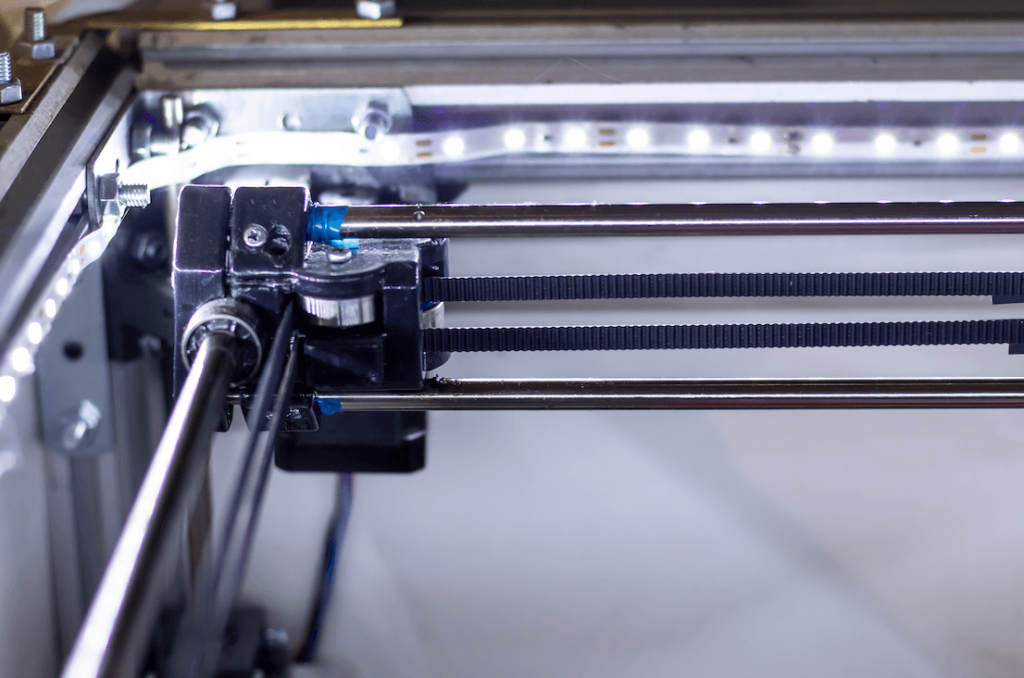
Why use 3D printed insoles for plantar fasciitis
One of the major reasons is the ability for personalisation. In the article, they explain that because every patient is unique, are built their own way and move their own way, their orthotics need to reflect that.
With 3D printing, the whole design and printing process is digital. Making each set of orthotics unique in design.
This means for each, and every patient customisation can created to allow the perfect fit for happier feet. This means a insole can have different levels of stiffness within it. Along with a 0.1mm level of accuracy and being lighter than traditional orthotics makes it a fantastic solution.
Additionally, to the biomechanical advantages of 3D printed orthotics, they are also a more sustainable product. As each 3D orthotics is printed layer by layer in a bed of powder, they only use necessary material, reducing waste. Plus all the power is 100% recycled.
Why use 3D printed orthotics at Summit Physio
To ensure this personalisation creates a difference in a patients situation, each patient at Summit is assessed using the FootScan force plate and software. Assessing a patients walking (gait) style on this allows us to collate accurate data which allows the 3D printed orthotic to be produced to the accuracy described above.
Along with the data, a team member of Summit will use a clinical assessment alongside your past medical history to make any additional customisations to your 3D printed orthotics.
